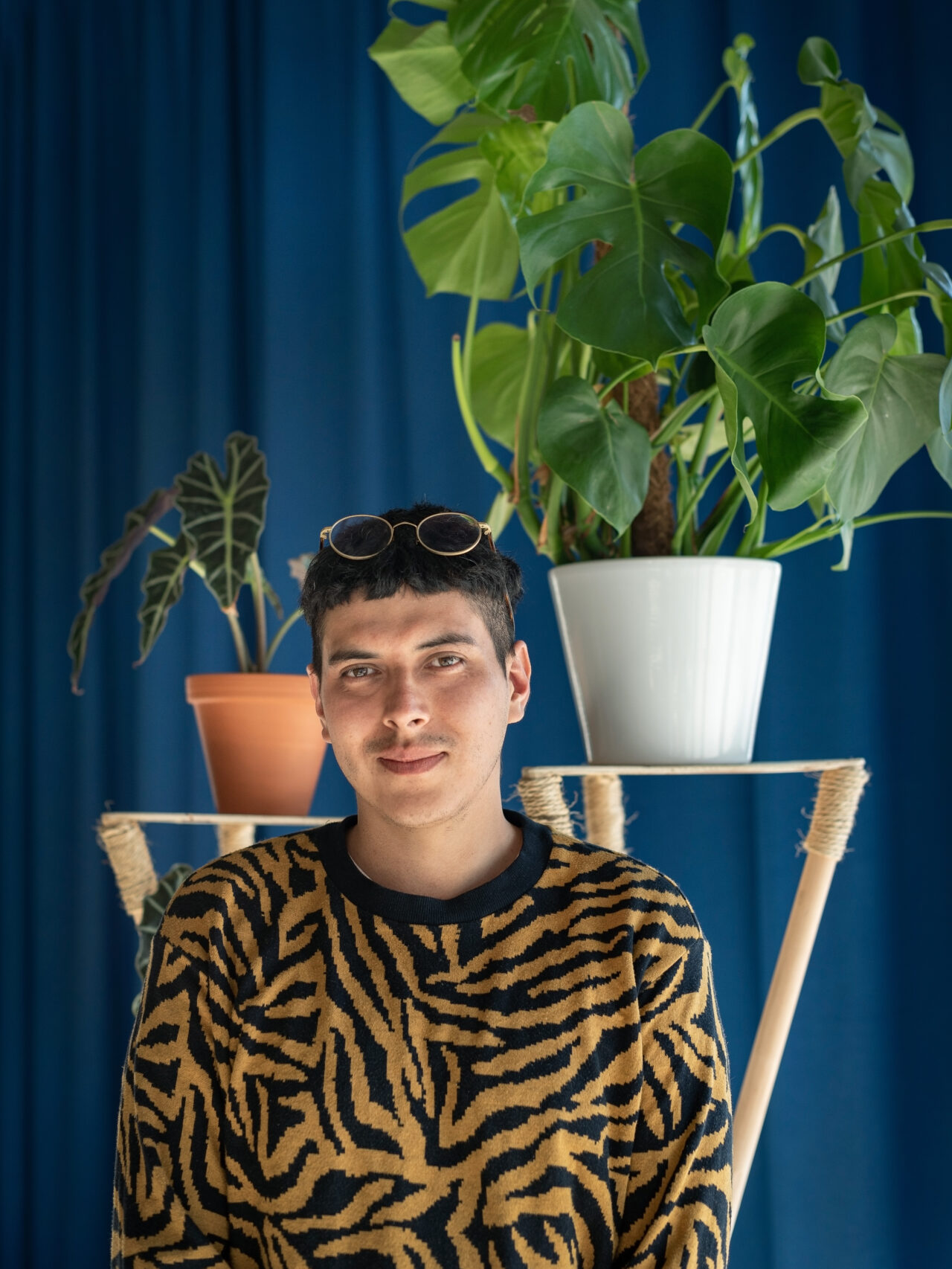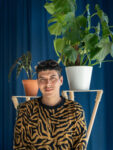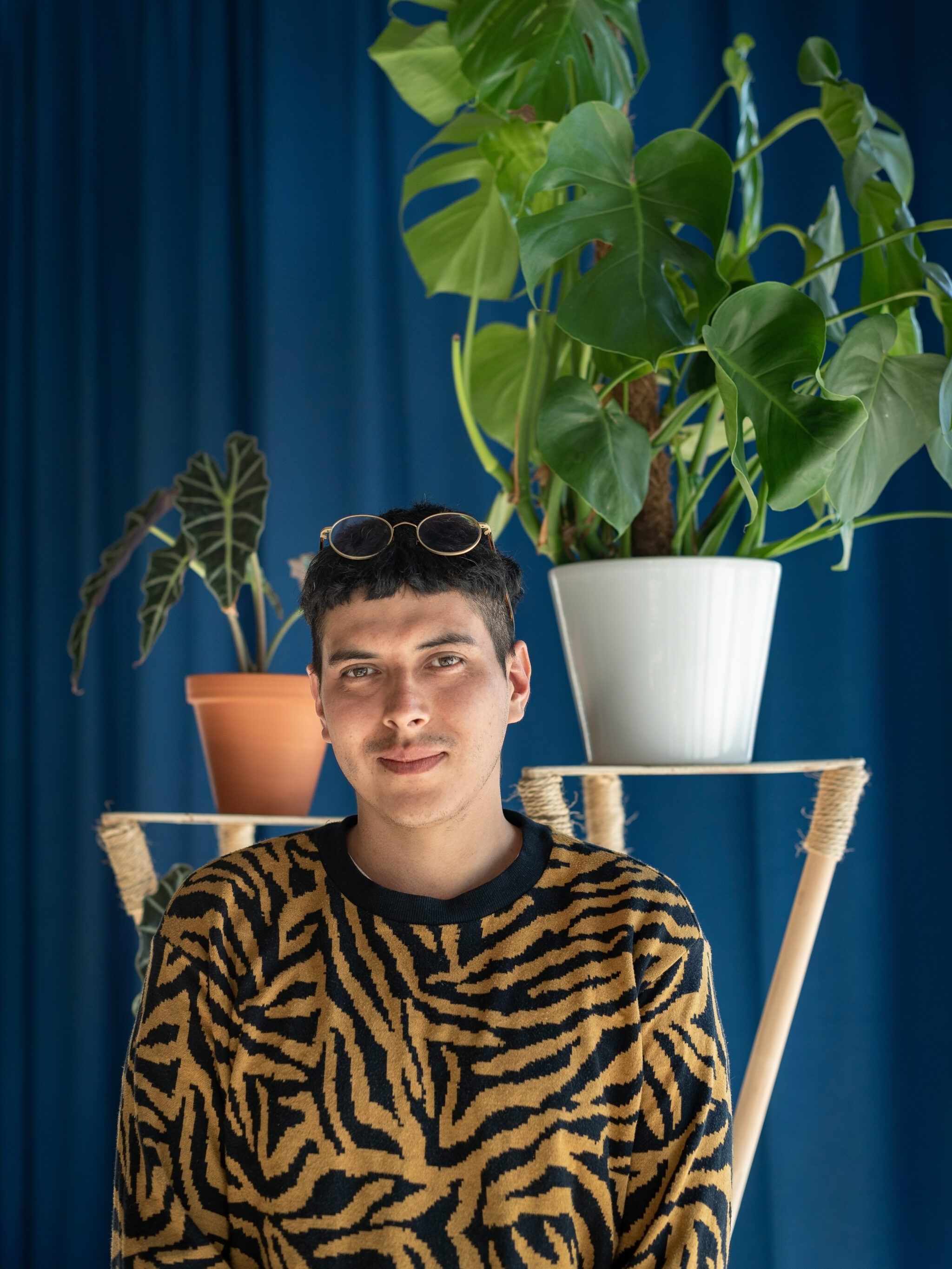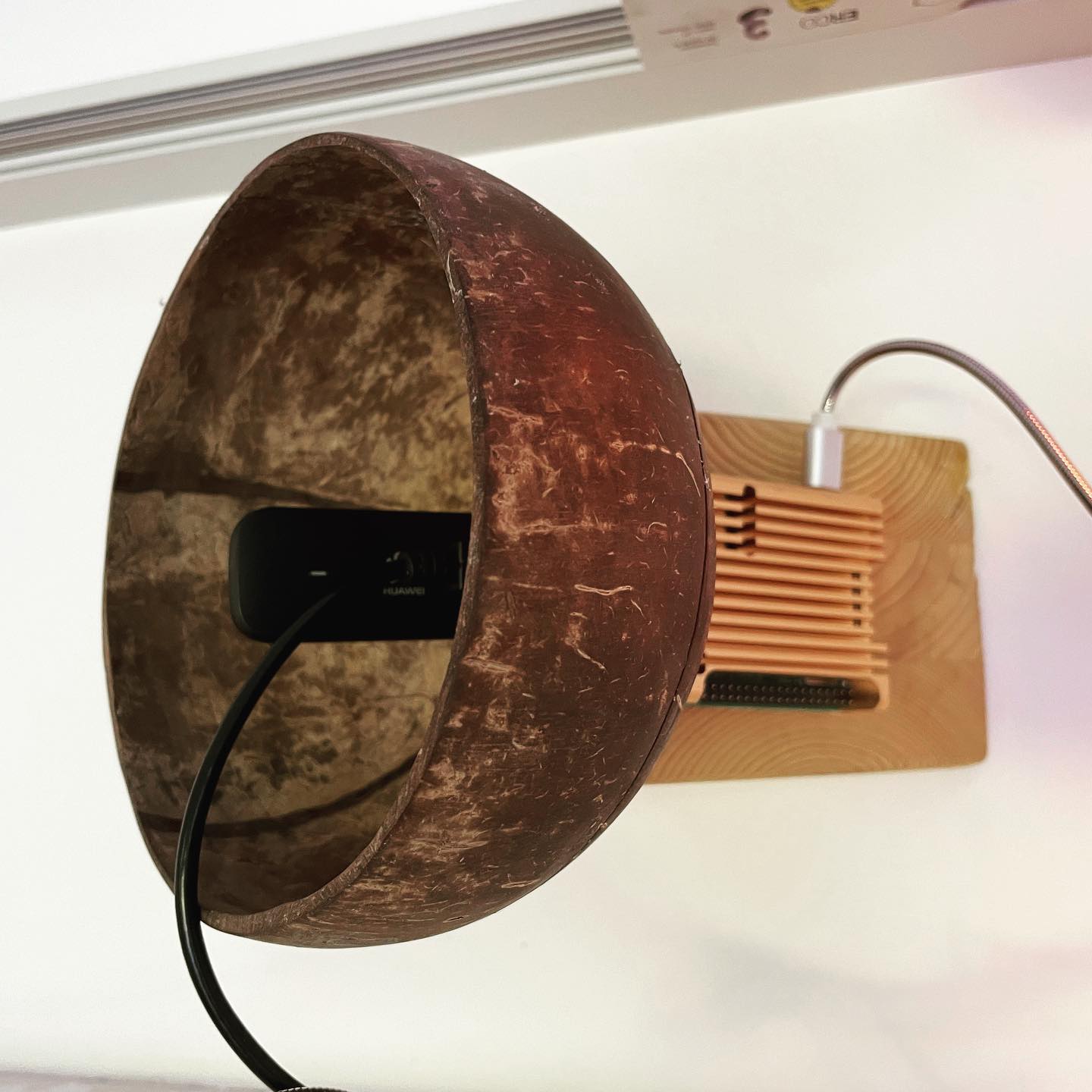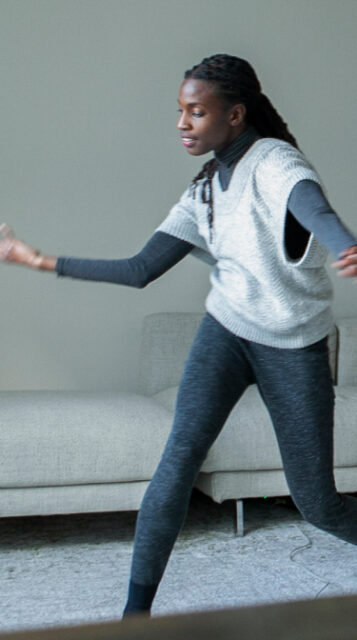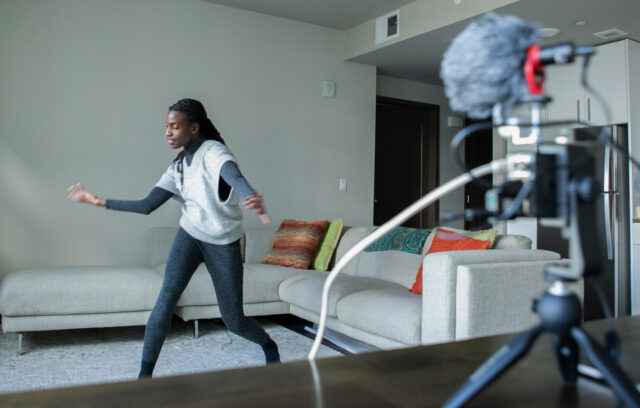How do you characterize the media you work in?
More than binary. Right now, I’m very into protocols, language, and frameworks and the way they render realities.
How does your practice engage with technology?
I’m interested in looking at other forms of knowledges and technologies from a Tropikós perspective, and breaking the digital monoculture of globalism. I want to examine how technologies and interfaces, as well as syntaxes, grammars, and protocols, render a multiplicity of realities.
What was your focus during your time at Eyebeam?
Futura Trōpica Netroots, which I initiated through Eyebeam’s fellowship, has become an interplanetary archipelago of local networks, communities, and LAN(scapes). In Phase 1 at Eyebeam, I sought out allies for the network, and developed a conceptual framework and narrative mesh. I was working on a discursive conception of what this grassroots network could be, with regards to communities and networks of affection, as well as technologies and infrastructures. In Phase 2, the network bloomed and was able to redistribute resources and support the practices, and respective research projects of over 40 people that understood life as an artistic practice.
